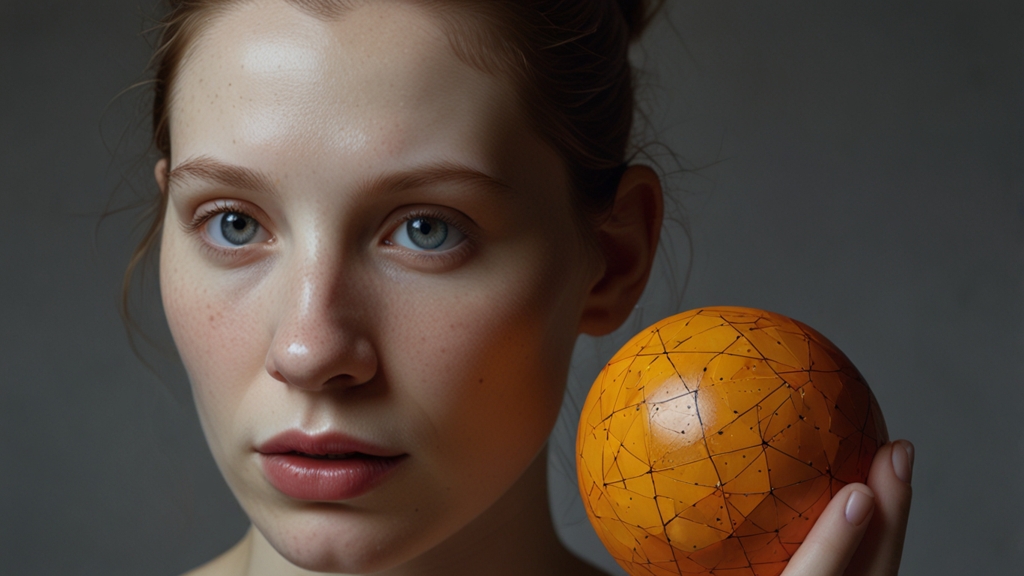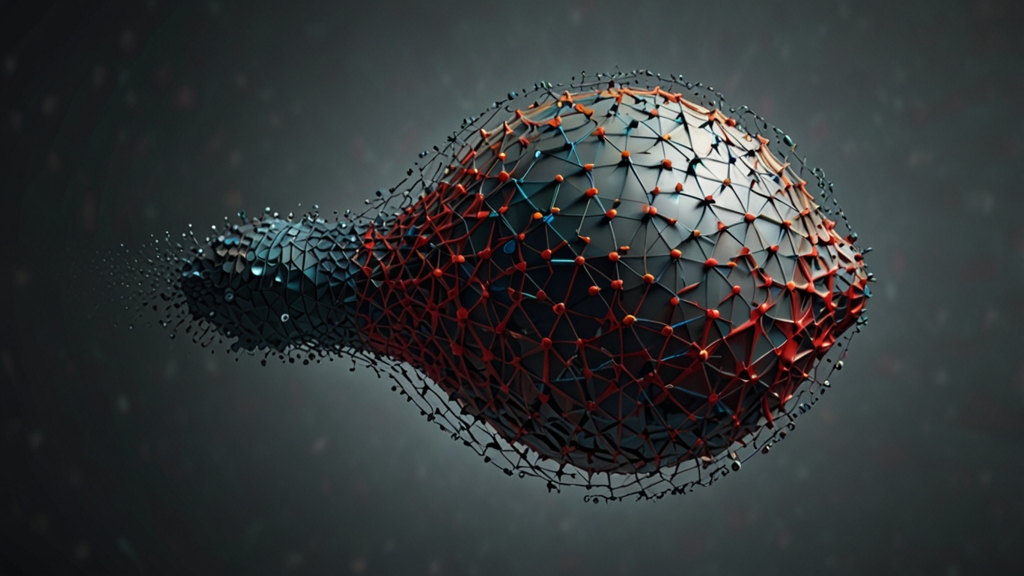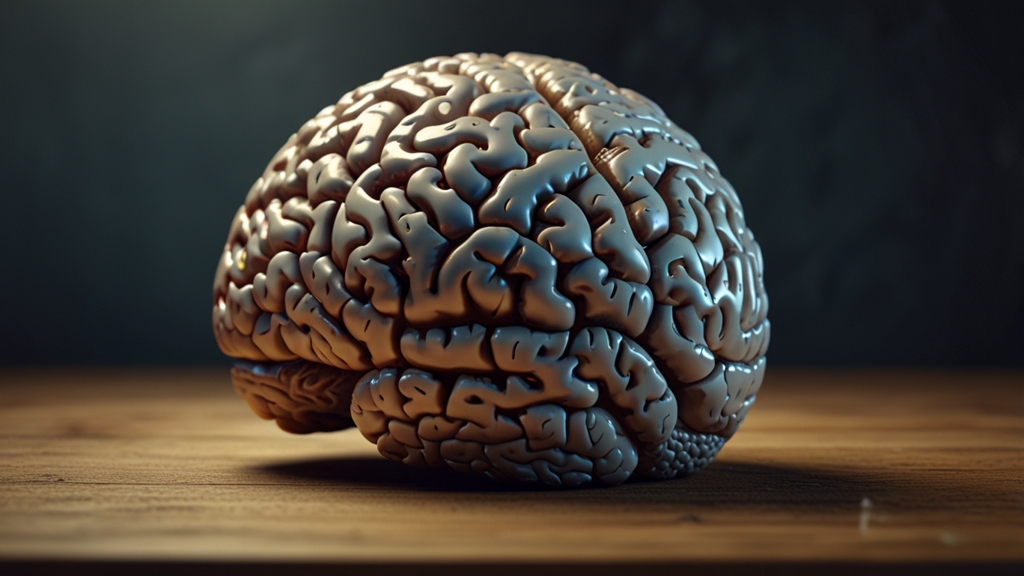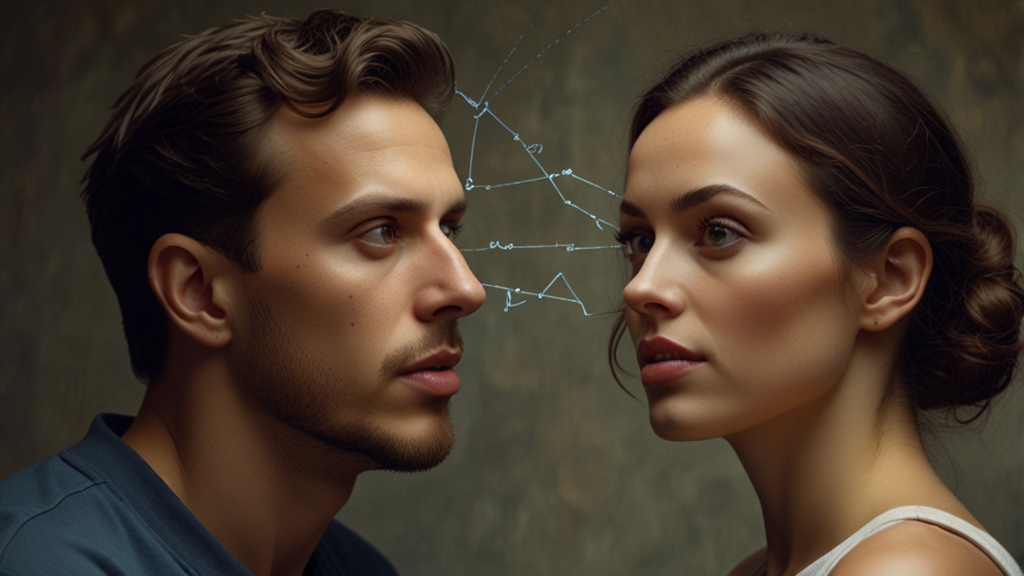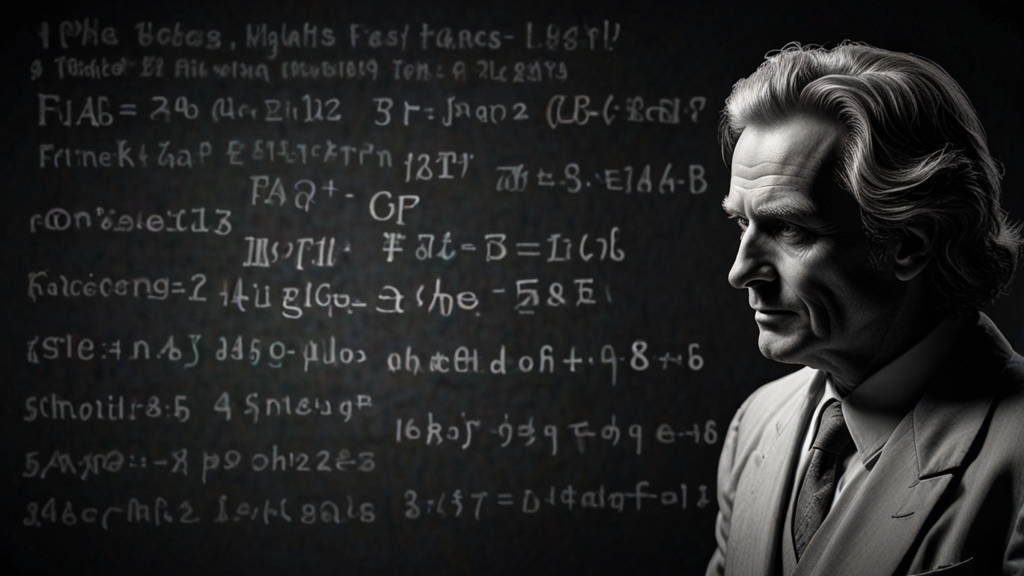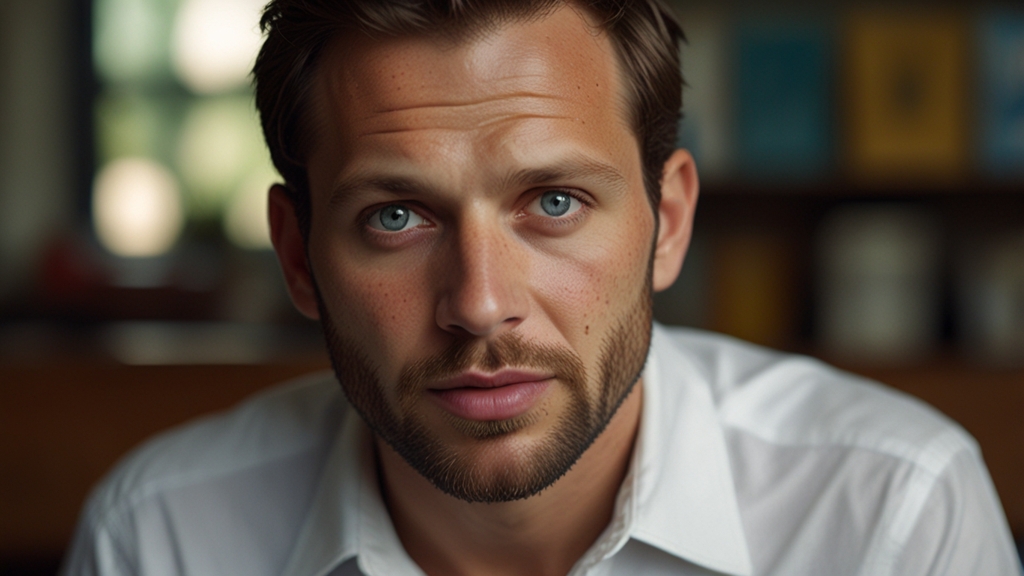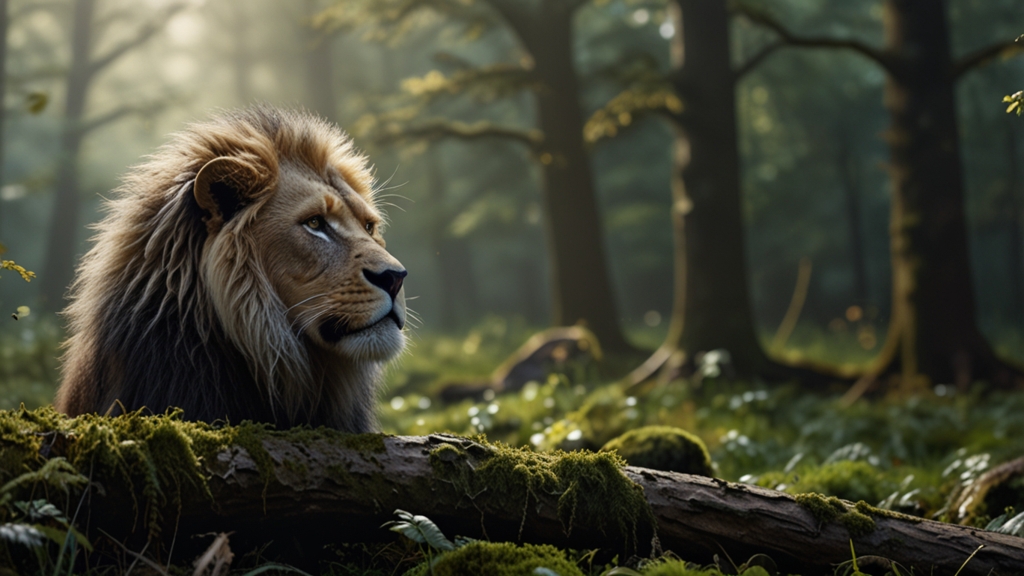The Surprising Connection Between Mathematics and Art
At first glance, mathematics and art might seem disciplines that lie at opposite ends of the intellectual spectrum. Where mathematics is grounded in logic, precision, and abstract reasoning, art is often viewed as an expression of emotion, beauty, and creativity. However, the boundaries between these two fields are not as distinct as they might appear. In fact, mathematics and art are intricately connected, each influencing and enhancing the other in various compelling ways.
Geometry in Visual Art
One of the most apparent intersections between mathematics and art is through geometric principles. Artists throughout history have applied geometric concepts to create visually appealing compositions. For instance, the ancient Egyptians relied on geometric rigor to construct the pyramids, while the Greeks perfected the use of symmetry and proportion in sculptures and architecture.
Renaissance artists like Leonardo da Vinci and Albrecht Dürer took these principles further by employing the golden ratio, a special number approximately equal to 1.618. This ratio is often found in nature and has been used in various artworks to achieve balanced and harmonious compositions. Da Vinci's "Vitruvian Man" is a prime example, embodying the quintessence of the union between geometry and human anatomy.
"Geometry is the archetype of the beauty of the world." – Johannes Kepler
Fractals and Modern Art
Fractals, intricate designs that can be split into parts, each of which is a reduced-scale copy of the whole, have also made a stonishing contributions to modern art. Consider the mathematically-generated patterns known as the Mandelbrot Set, discovered by Benoit Mandelbrot in 1980. These complex shapes exhibit self-similarity at every scale and have inspired countless artists, leading to the creation of breathtaking visual art that seems both infinitely complex and hauntingly beautiful.
Artists like M.C. Escher have employed fractal-like recursive designs to blur the lines between reality and imagination. Escher’s works, such as "Relativity" or "Circle Limit," showcase how mathematical concepts of infinity and tessellation can be artistically rendered to provoke thought and amazement.
Mathematics in Musical Composition
The connection between mathematics and art isn't confined to visual arts alone; it extends to music as well. Johann Sebastian Bach, for example, was known for his use of mathematical techniques like inversion, retrograde, and mirror forms in his fugues and canons. These methods lend a structured beauty to his compositions while pushing the boundaries of musical creativity.
Similarly, the twelve-tone technique developed by Arnold Schoenberg employs mathematical principles to ensure that all twelve notes of the chromatic scale are used equally, avoiding any semblance of a tonal center. This method has influenced vast swathes of 20th-century music, demonstrating that mathematical principles can be instrumental in revolutionizing artistic expressions:
"Wherever there is number, there is beauty." – Proclus
Algorithmic and Generative Art
Algorithmic and generative art represent another exciting fusion of mathematics and creativity. In this form, artists employ algorithms to generate aesthetically compelling structures and patterns. Through coding, mathematical models, and data manipulation, these artworks evolve dynamically, resulting in pieces that often change over time or offer unique compositions upon each rendering.
Through platforms like Processing and languages such as Python, artists today can explore limitless possibilities, creating a symbiotic relationship between code and creativity. Generative art has given rise to new genres and exhibitions that captivate audiences by blending mathematical precision with artistic brilliance.
Conclusion
Mathematics and art, despite their perceived differences, share a profound and everlasting connection. From the geometric masterpieces of the Renaissance to the fractal-inspired and algorithmically generated art of modern times, the harmonious interplay of these two disciplines continues to captivate, inspire, and push the boundaries of human creativity. As we delve deeper into both fields, the surprising and intricate links between mathematics and art will continue to unfold, enriching our understanding and appreciation of each.
"Art is the final cunning of the human soul which would rather do anything than face the gods." – Iris Murdoch
